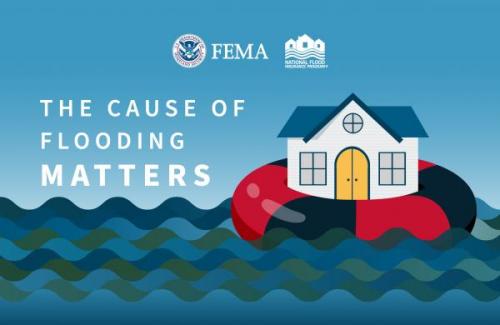Flood insurance is important, and knowing the basics of National Flood Insurance Program (NFIP) policies is key to avoiding unexpected costs. One key factor? The cause of flooding. Not all water damage qualifies as a "flood" under the NFIP and this difference affects coverage.
What is a Flood Under the NFIP?
A flood is an overflow of water onto normally dry land, like from rivers, coastal storms, or heavy rain. To be eligible for coverage, the flooding must impact at least two properties or cover two acres.
Other types of water damage, such as from burst pipes or roof leaks, aren’t covered by NFIP but might be included under regular homeowners policies. Agents should make sure clients understand this distinction.
Storm Damage vs. Flooding
A common source of confusion for policyholders is telling the difference between storm-related water damage and flooding. For example, rain entering through a damaged roof is considered storm damage, not a flood. But rising water from a river is considered a flood under the NFIP. Making this clear helps clients know what their policies cover.
Why It Matters
The cause of water damage affects NFIP coverage and costs, because while all flood damage is caused by water, not all water damage is considered under flood insurance. Without the right protection, policyholders could face significant expenses. By guiding clients through these policy basics, agents can help ensure their clients are properly covered.
Conclusion
Understanding the cause of flooding is an essential part of NFIP policies. Educating clients on what qualifies as a flood helps them make better choices about their coverage and avoid potential financial issues.

